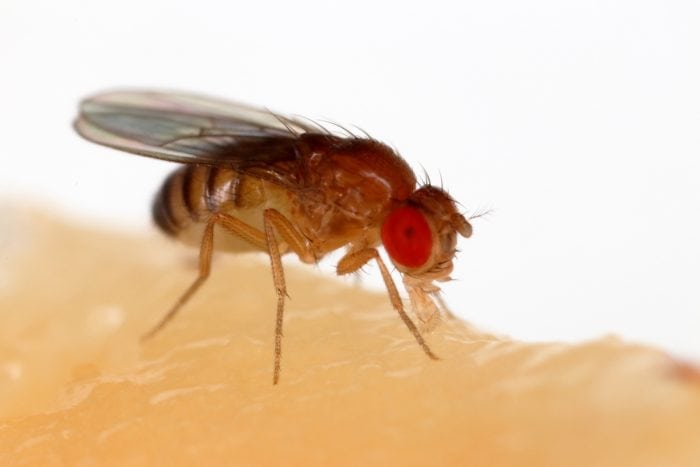
Finding the right partner can be difficult, time-consuming, and prone to errors. And that is true for species across the tree of life, not just humans.
To avoid these costs, animals from a wide range of taxa have been shown to use public information, i.e. information that is accessible to all individuals. In particular, individuals can assess the quality of potential mates by observing others and learning from their mating performance to develop their own sexual preference.
This form of social learning is called mate copying. Typically, in mate copying, an observer develops a mating preference for those individuals that it previously observed to be preferred by others. This can occur at the individual level, where the preference develops only for the specific individual that was seen to successfully attract a partner. Alternatively, the preference can develop at the phenotypic level, for any potential mate of the same phenotype.
Mate-copying has been found in several species of birds, like Japanese quails or zebra finches, mammals, like humans and rats, fish, mostly from the same family as guppies, and also in the famous insect, the fruit fly Drosophila melanogaster. Most studies tested females, as they are often expected to invest more in the production of a single offspring and have evolved to be choosier.
Less is known about mate copying in males, probably because males often invest less and seem to be less choosy. However, there are also costs for males if they court reluctant females, produce sperm, and/or provide parental care. Thus, they can benefit from distinguishing between receptive and nonreceptive females or learn which female (phenotype) is the best.
Nevertheless, studies of mate copying in males remain relatively rare. Up until now, there have only been a few examples from species in which males invest significantly in reproduction, e.g. the sex-role reversed deep-snouted pipefish (Syngnathus typhle) and the nest-guarding darter Etheostoma flabellare, or are highly promiscuous like the sailfin molly (Poecilia latipinna) and the Atlantic molly (Poecilia Mexicana).
It is known that D. melanogaster females do mate copying, and now researchers from EDB and CRCA, University of Toulouse, investigated mate copying in males of this species. Although fruit flies don’t provide parental care, costs of sperm production are high, and males can start being short on sperm after just one copulation. Furthermore, sexually active males have a shorter lifespan than non-sexually active males. As mate choice implies high costs for males, the team from EDB and CRCA assumed that Drosophila males perform mate copying as well.
For the experiments, they created two artificial female phenotypes by dusting females with green or pink powders. Naïve virgin observer males were given the opportunity to see another male choosing between a pink and a green female. Thus, the observer male received information which female phenotype was the preferred one. Afterwards, the observer male could choose between two new green and pink females. The researchers recorded the color of the female that copulated during the demonstration and compared it with the color the observer male chose during the test.
However, D. melanogaster females can also reject males that they don’t like. Thus, the observer male was probably not accepted by the female it favored. Because of this, the researchers also analyzed which type of female the male chose to court and analyzed this alongside copulations.
Observer males that could watch a copulation during the demonstration preferred females of the color they saw being chosen during demonstrations, while control males without the opportunity to watch a copulation chose randomly between females. Thus, males copied the mate choice of other males. The behavior appeared stronger when using courtship rather than copulation as a measure, probably because females often reject courting males. However, both types of data showed that males were doing mate copying.
Fruit flies are often attracted by rotting fruits as sources of food to meet mating partners and to serve as an egg-laying site. In these dense conditions, copulations are common, and surrounding flies can watch the mate choice of others. Thus, mate copying might be an adaptation to these conditions and provides an easy way of learning who is the best partner.
These findings are described in the article entitled Mate copying in Drosophila melanogaster males, recently published in the journal Animal Behaviour. This work was conducted by Sabine Nöbel, Mélanie Allain, and Etienne Danchin from EDB Universite de Toulouse, and Guillaume Isabel from CRCA Universite de Toulouse.









